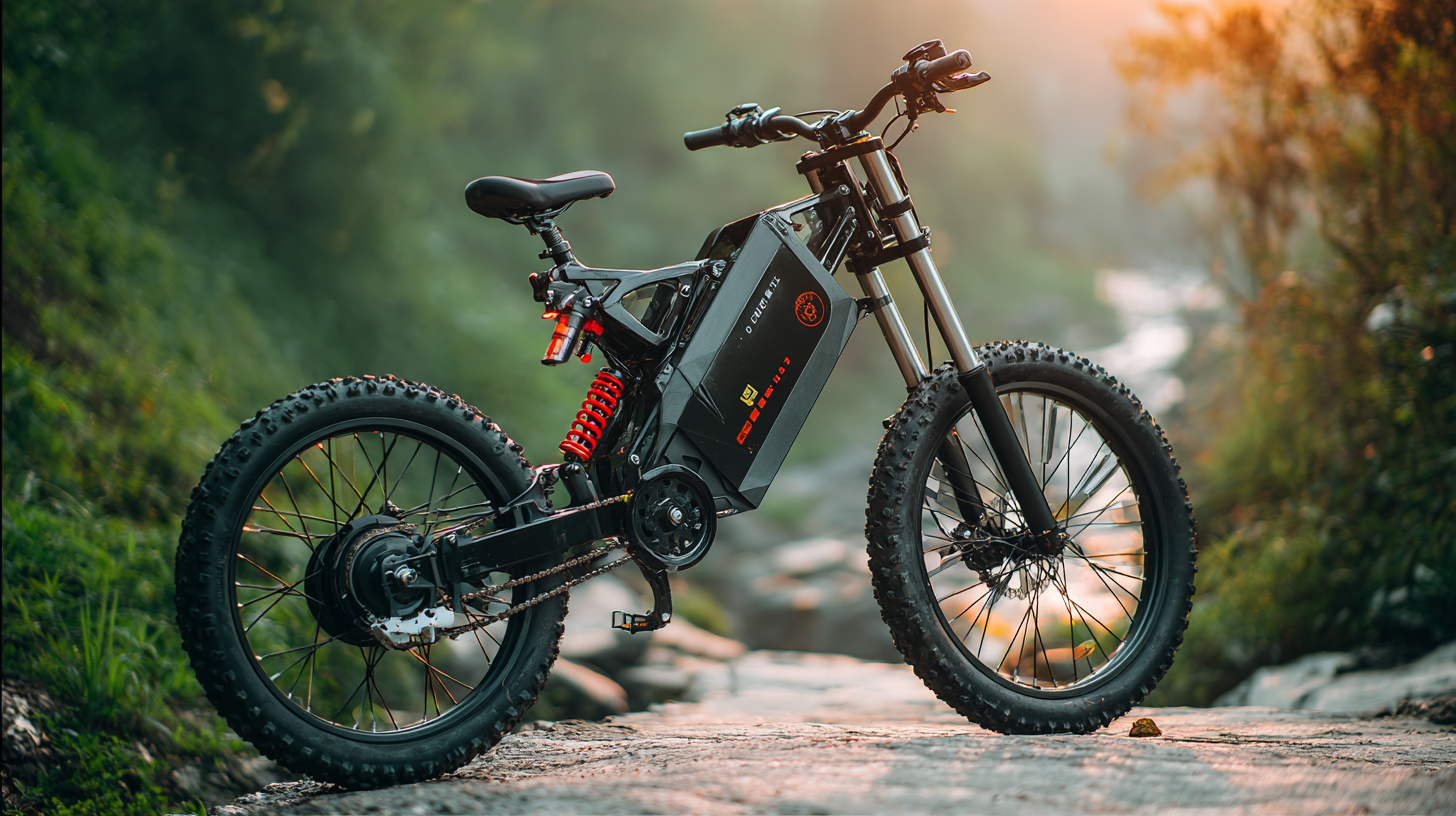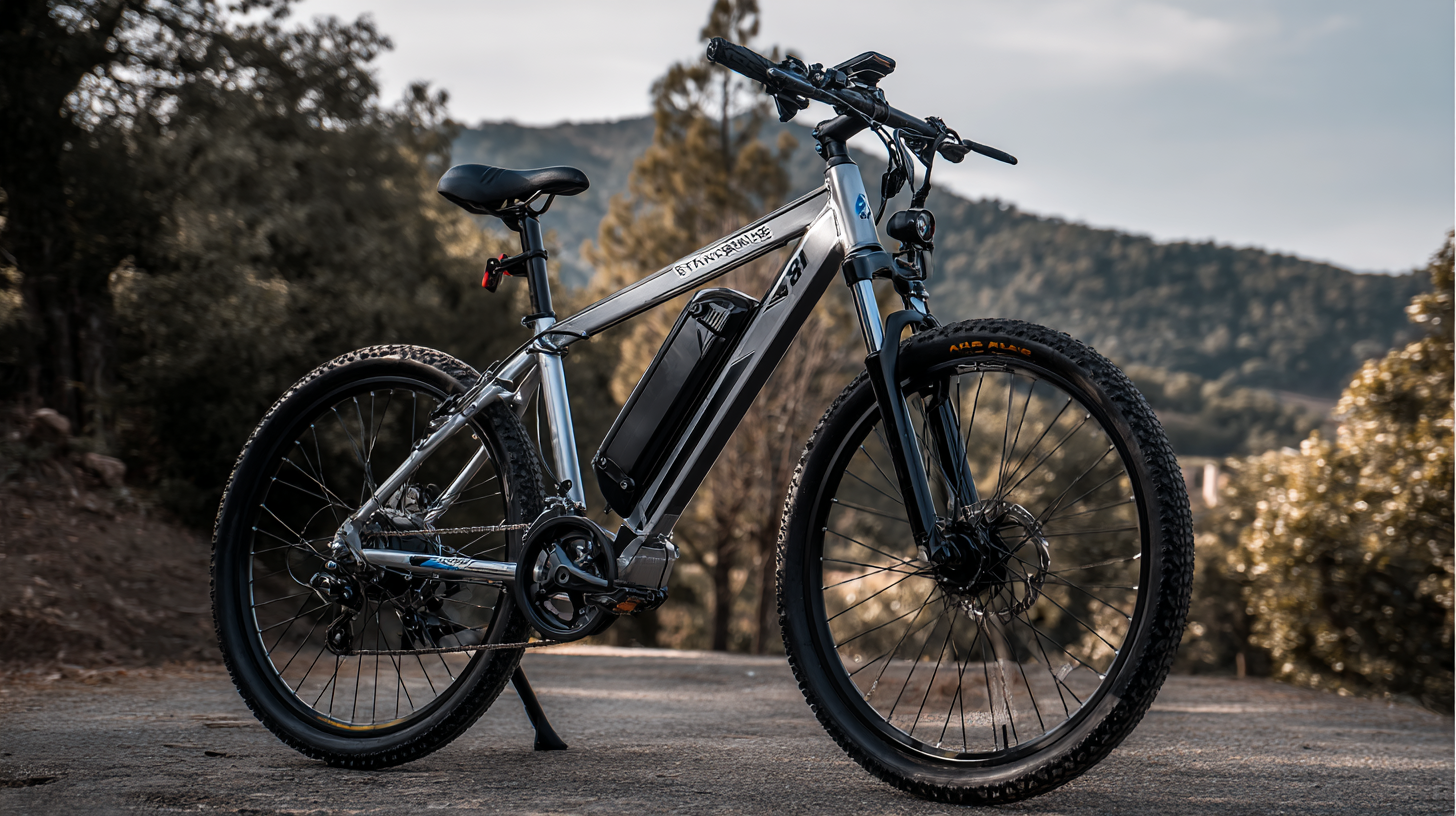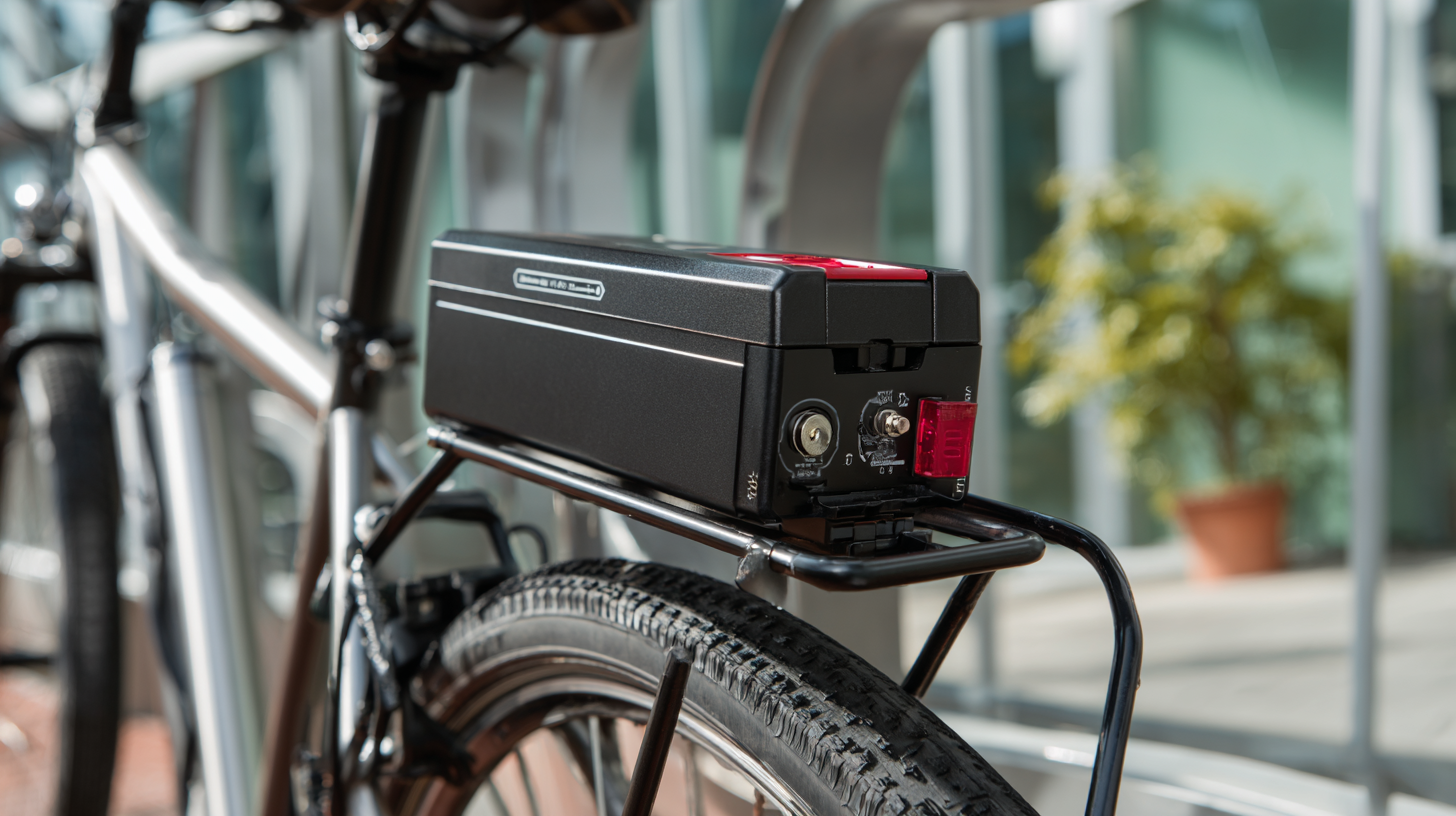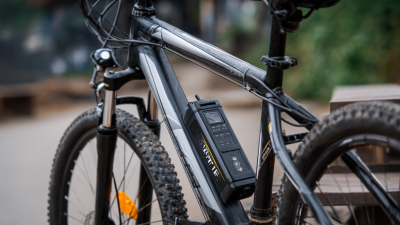The rise of electric bikes (e-bikes) has transformed the personal transportation landscape, offering eco-friendly alternatives that blend convenience with performance. A critical component of this evolution is the "36 Volt Lithium Battery For Electric Bike," which has become increasingly popular among manufacturers and consumers alike. According to a recent report by Research and Markets, the global e-bike battery market is projected to grow at a compound annual growth rate (CAGR) of 8.1% from 2021 to 2026, driven largely by advancements in battery technology and increased demand for sustainable transportation options. The 36-volt configuration, known for its optimal balance of power and weight, enhances overall efficiency, provides longer ride times, and enables faster charging, making it a preferred choice for urban commuters and cycling enthusiasts. As e-bikes continue to gain traction, understanding the significance of the 36 Volt Lithium Battery becomes essential for maximizing performance and harnessing the full potential of electric biking.

A 36-Volt lithium battery is a powerful energy source commonly used in electric bikes, enhancing overall performance through its advanced technology. Understanding the fundamentals of these batteries requires a look into their construction and functionality. Unlike traditional lead-acid batteries, 36-Volt lithium batteries utilize high-energy-density lithium-ion cells which operate at upper cut-off voltages of up to 4.8 V. This feature allows them to deliver greater energy efficiency, leading to improved acceleration, longer ranges, and quicker charging times.
The reliability of lithium technology, however, is paramount. Recent reports highlight the risks associated with lithium-ion batteries, such as overheating and potential fires, underscoring the importance of quality control and safety standards in battery manufacturing. When choosing a 36-Volt battery for an electric bike, it is essential to consider not just performance specifications, but also the manufacturer's safety record. As the e-bike market continues to grow, understanding the intricacies of lithium battery technology will enable consumers to make informed decisions about their electric mobility solutions.
| Feature | Description | Benefits |
|---|---|---|
| Voltage | 36 Volts | Standard voltage for many electric bikes, offering a good balance of power and efficiency. |
| Battery Type | Lithium-ion | Lightweight, high energy density, and long life compared to other battery types. |
| Capacity | 10 to 20 Ah (Amp-hours) | Higher capacity allows for longer rides and reduces the frequency of charging. |
| Charging Time | 4 to 6 hours | Quick charging time means less downtime for riders. |
| Weight | Approx. 4 to 6 kg | Lightweight design aids in maintaining the bike's performance and handling. |
| Temperature Range | -20°C to 60°C | Wide operating range ensures performance in diverse weather conditions. |
The popularity of electric bikes continues to soar as more riders seek efficient and eco-friendly transportation options. A significant factor contributing to this trend is the use of 36 Volt lithium batteries, which offer substantial advantages for electric bike performance. These batteries are known for their lightweight composition and high energy density, making them ideally suited for hybrid models like the Populo Sport. At just 35.7 pounds, eBikes equipped with these batteries can deliver an agile ride without the burden of excessive weight.
Moreover, 36 Volt lithium batteries enhance performance by providing a powerful, reliable power source. This enables riders to tackle various terrains with ease, ensuring that acceleration and speed are both efficient and smooth. With advancements in battery manufacturing technology, the efficiency and lifespan of these batteries are continually improving, further enhancing the riding experience. As demand for electric bikes rises, the benefits of using 36 Volt lithium batteries become increasingly evident, making them a preferred choice for both current and future eBike enthusiasts.
When it comes to electric bikes, voltage plays a crucial role in determining both speed and range. A 36-volt lithium battery strikes a balance, providing sufficient power to enhance performance without adding excessive weight. The voltage rating of a battery directly impacts the bike’s speed; higher voltage batteries can deliver more power to the motor, enabling faster acceleration and higher top speeds. This is particularly important for riders seeking a thrilling experience or those who frequently tackle challenging terrains.
Moreover, voltage significantly affects the bike's range as well. A 36-volt system can efficiently utilize the battery's energy, allowing riders to travel longer distances on a single charge compared to lower voltage options. This enhanced efficiency means that cyclists can enjoy their rides without the constant worry of running out of battery power. Additionally, with advancements in battery technology, modern 36-volt lithium batteries are not only lightweight but also capable of maintaining consistent performance over extended periods, making them an excellent choice for both casual riders and serious enthusiasts alike.
When choosing the right 36 Volt lithium battery for your electric bike, there are several key factors to consider. First, assess the battery's capacity, measured in amp-hours (Ah). A higher capacity means longer ride times between charges, allowing you to enjoy extended journeys without the constant worry of recharging. Additionally, consider the watt-hour (Wh) rating, which gives you an idea of the energy available for your bike’s motor.

Next, examine the battery's weight and size. A lightweight battery can significantly enhance your e-bike’s overall performance, making it easier to handle, especially during uphill rides. Compatibility with your specific bike model is crucial; ensure that the battery's dimensions and connection type match your e-bike. Lastly, consider the quality of the battery's cells. Opting for reputable brands can ensure longevity and reliable performance, preventing issues like overheating or capacity loss.
Maintaining your lithium battery is crucial for ensuring longevity and optimal performance for electric bikes. Lithium batteries, particularly 36 Volt systems, are known for their efficiency and lightweight design, which contribute to the overall performance of the bike. According to a report by the Electric Bike Company, proper maintenance can extend the lifespan of lithium batteries by up to 50%. This includes keeping the battery charged within the recommended voltage range and avoiding deep discharges that lead to capacity loss.

One key aspect of maintenance is managing temperature. Li-ion batteries perform best at temperatures between 20°C and 25°C (68°F to 77°F). Exposure to extreme temperatures can lead to not only decreased battery performance but also permanent damage. Industry research indicates that batteries stored or operated in extreme heat can lose up to 20% of their capacity within the first year. Regularly checking connections, cleaning terminals, and ensuring the battery is not exposed to moisture can help maintain performance. By following these practices, electric bike users can maximize their battery’s lifespan and enjoy enhanced riding experiences.








